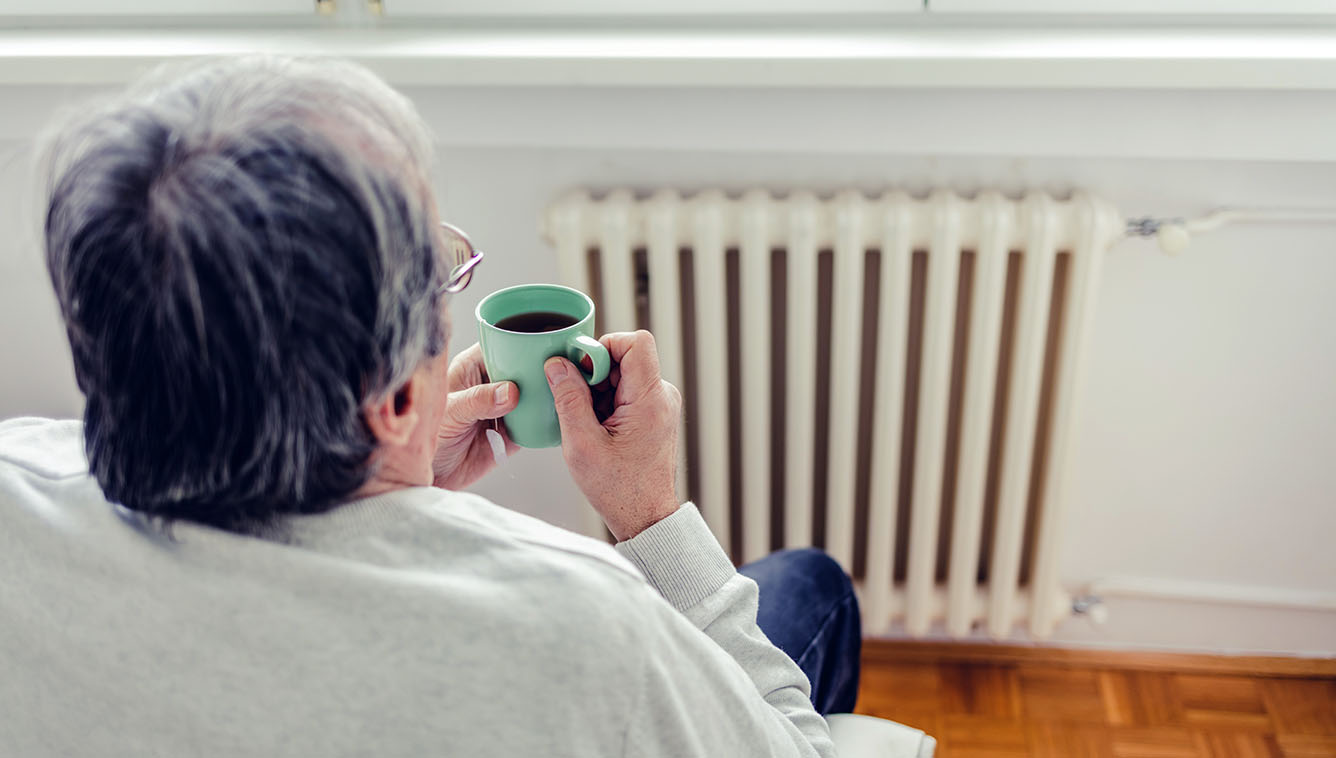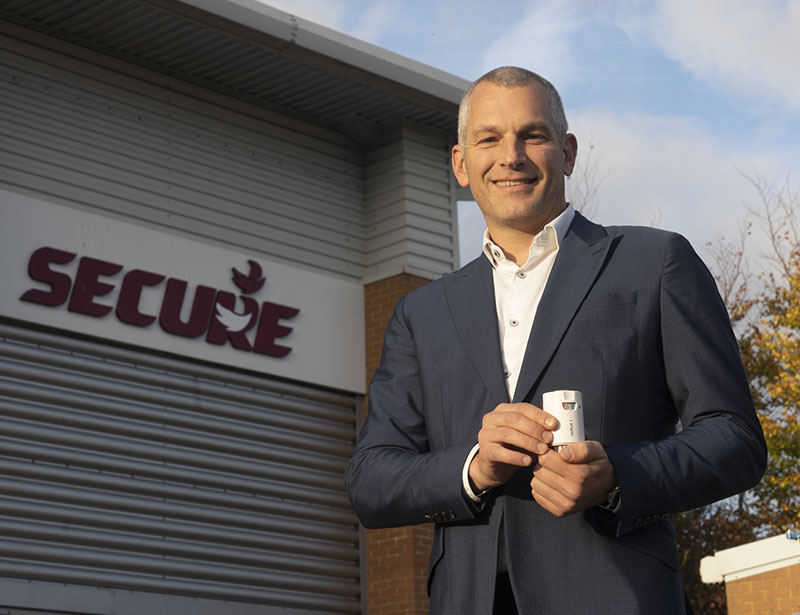
As autumn creeps into winter there has never been so much discussion and debate about how best to heat our homes and keep energy bills as low as possible. The recent capping of domestic energy bills to an average £2,500 a year brought a degree of respite to millions of households.
But the Chancellor took pains in the Autumn Statement to highlight the short-term nature of this arrangement by raising the threshold in 2023, saying: ‘From April, we will continue the Energy Price Guarantee for a further 12 months at a higher level of £3,000 per year for the average household.’
This message was quickly reinforced by the Government launching a new £18 million campaign that will ‘give the public advice on how they can save hundreds on their own bills without sacrificing comfort.’ This places the emphasis back on households, and raises the simple question: how do people best balance budget with comfort?

With any typical wet central heating system, the temptation is to turn radiators off and on throughout the day based on room occupancy, but this can present other problems. Health issues relating to damp and mould have never been higher profile in recent weeks, and it is widely advised that it’s better to keep thermostatic radiator valves (TRVs) at a constant low setting than yo-yo between off and on. Households also now have the option of installing low-cost, smart TRVs that can automatically optimise radiator settings based on room occupancy and usage.
The radbot TRV, uses unique, inbuilt sensors and an algorithm to learn room occupancy, and then lowering or ‘setting back’ the temperature in unoccupied rooms, but never completely turning the radiator off. This avoids high and low-temperature extremes. It also has a built-in sensor that detects if humidity levels in a room are at a level where damp and mould growth could occur, and if so, it intelligently modifies the radiator setback temperature, so the room temperature does not fall to levels where damp can become an issue.
Radbot 1 has also been ergonomically shaped to fit the needs of social housing and landlords: the device works without the need for a web connection, smartphone, or passwords – it is a genuine fit-and-forget solution. A single device costs around £30+Vat, can be fitted in minutes, and begins learning and operating from the moment it is turned on.
If you’d like to find out more about radbot 1, then I’ll be hosting a webinar on January 26th at 11am, which you can sign up for today. I’ll walk you through how the device can benefit both landlords and households and leave plenty of time for questions. Look forward to seeing you then.
Matt Sheen is the Business Development Manager for Radbot 1 at Secure UK Ltd. For more information on radbot 1 please visit www.securemeters.com/radbot1
